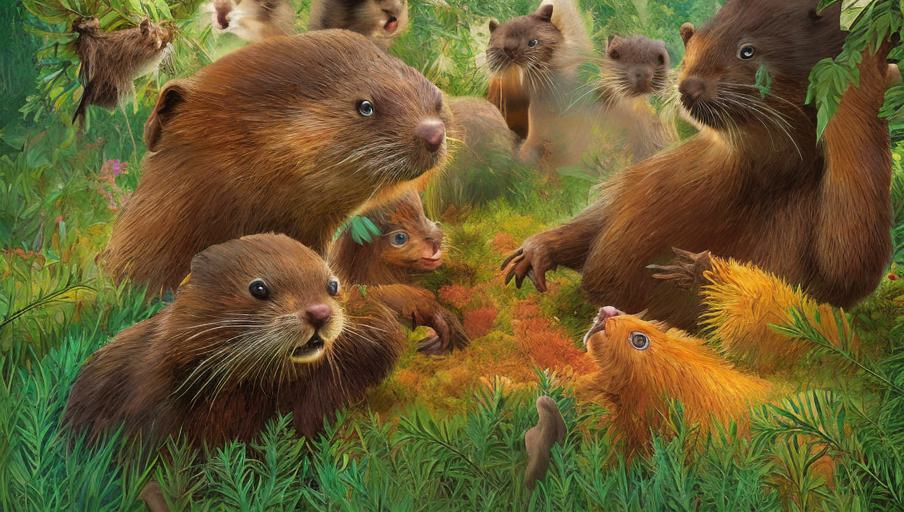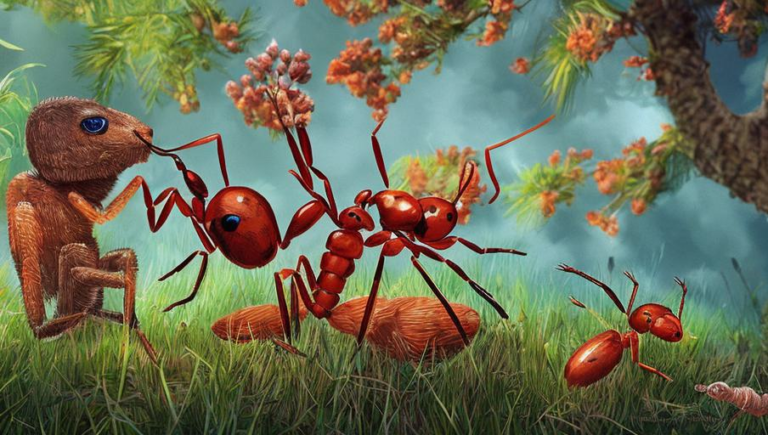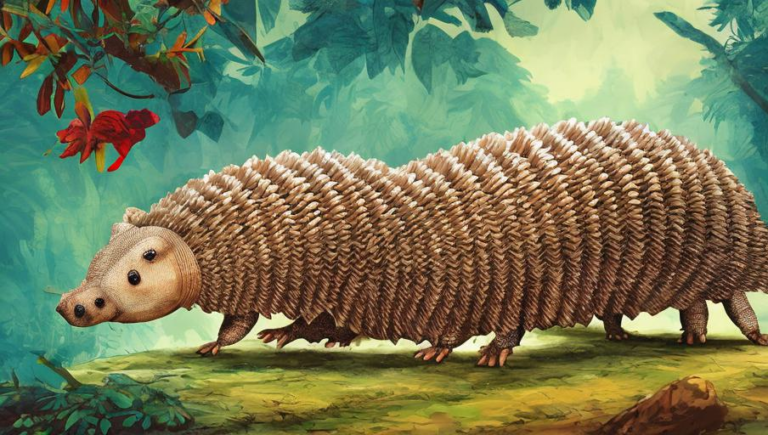Analyzing the Beaver’s Interactions with Humans

Introduction to the Beaver
The beaver is a large rodent that can be found in parts of the United States, Canada, Europe, and Asia. It is a semi-aquatic creature that is known for building dams and lodges as part of its habitat. They are also known for their ability to fell trees, which they use to build their structures and for food. Beavers are social animals that live in family groups, and they work together to build and maintain their lodges.
Beaver Interactions with Humans
The beaver is an important species to humans, both historically and in the present day. Historically, beavers were hunted for their fur and meat, which was used for clothing and food. The fur was also used to make hats, coats, and other clothing items. Today, beavers are still hunted for their fur, but it is done in a more humane and sustainable way, usually with trapping rather than hunting.
Beavers have also had a prominent role in human history, as they were one of the main sources of fur used by Europeans during the fur trade. This led to the exploration and settlement of much of North America, as traders sought to procure fur from the beavers. Today, the beaver is still an important part of the modern fur trade, and their fur is used to make garments, hats, and other items.
The Effects of Beaver Dams on Humans
Beavers are well known for their ability to build dams, which are structures made of sticks, mud, and stones. These dams are used to create reservoirs of water in which the beavers can live and breed. The dams also help to regulate the water flow in nearby streams, rivers, and lakes. This can have both positive and negative effects on humans.
On the positive side, the dams can help to reduce flooding and provide habitats for other species. On the other hand, the dams can also cause flooding in areas downstream, and they can also reduce the amount of water available for humans to use. As such, it is important to consider the effects of the dams before building them, to ensure that they do not cause negative impacts on humans.
Beaver Activity and Human Development
Beavers can also cause problems for humans when their activity gets in the way of development projects. Beavers often build their lodges in areas that are being cleared for development, such as roads, bridges, and buildings. This can cause significant delays and additional costs for the project, as the beavers must be relocated before the construction can begin.
In addition, beavers can also cause damage to human-made structures, such as dams and dikes, by burrowing through them and disrupting the flow of water. This can lead to flooding in areas downstream, and can also cause damage to nearby structures. As such, it is important to take steps to prevent beavers from entering areas that are being developed, and to make sure that they are relocated if they do enter the area.
Conclusion
The beaver is an important species to humans, both historically and in the present day. Their fur is still used as a source of clothing, but it is done in a more sustainable way. They also provide important habitats for other species, and their dams can help to regulate the flow of water in nearby streams, rivers, and lakes. However, their activity can also cause damage to human-made structures and can interfere with development projects. As such, it is important to consider the effects of beavers on humans before constructing their dams or engaging in development projects.





